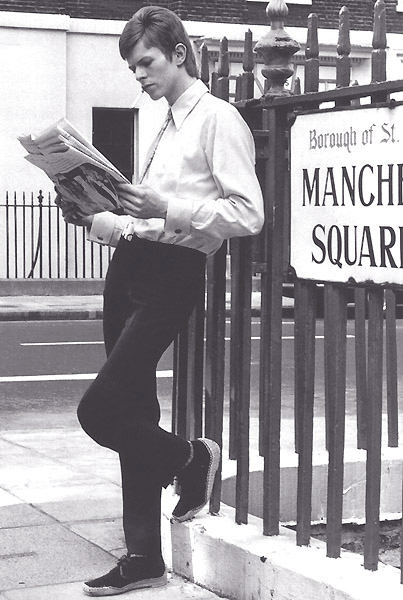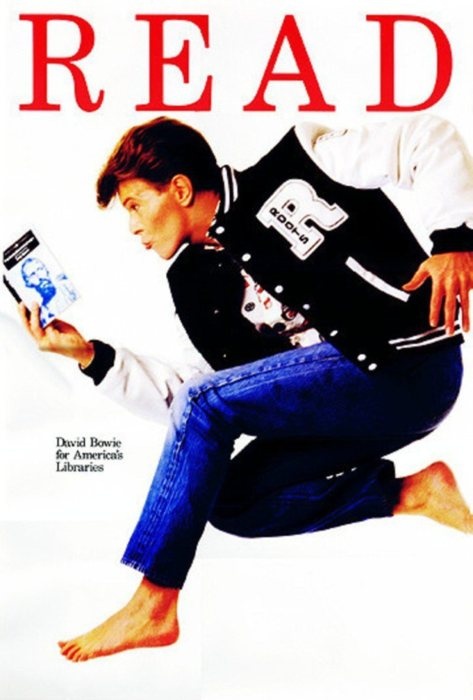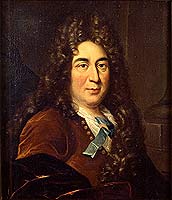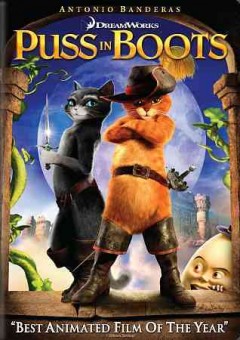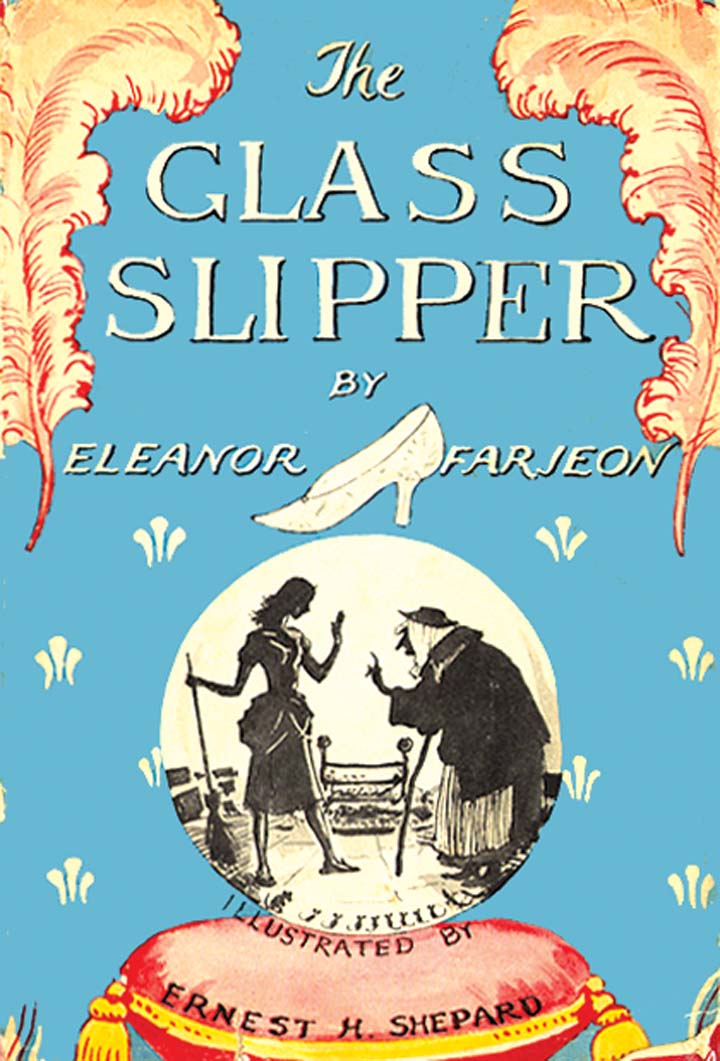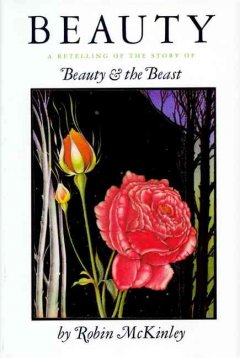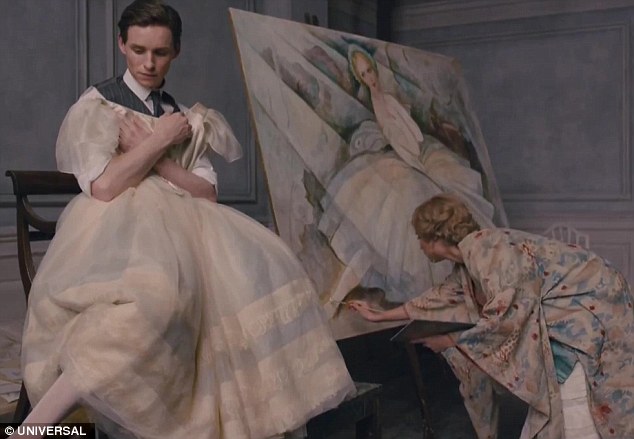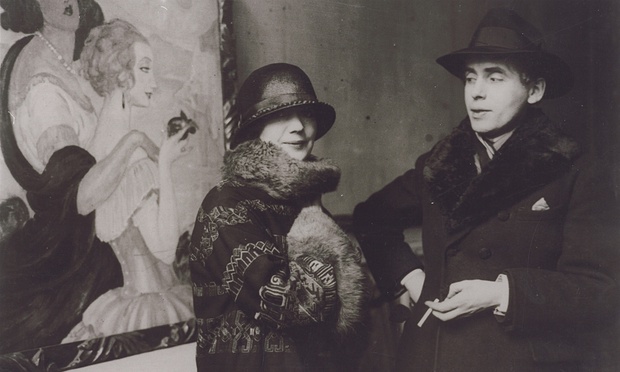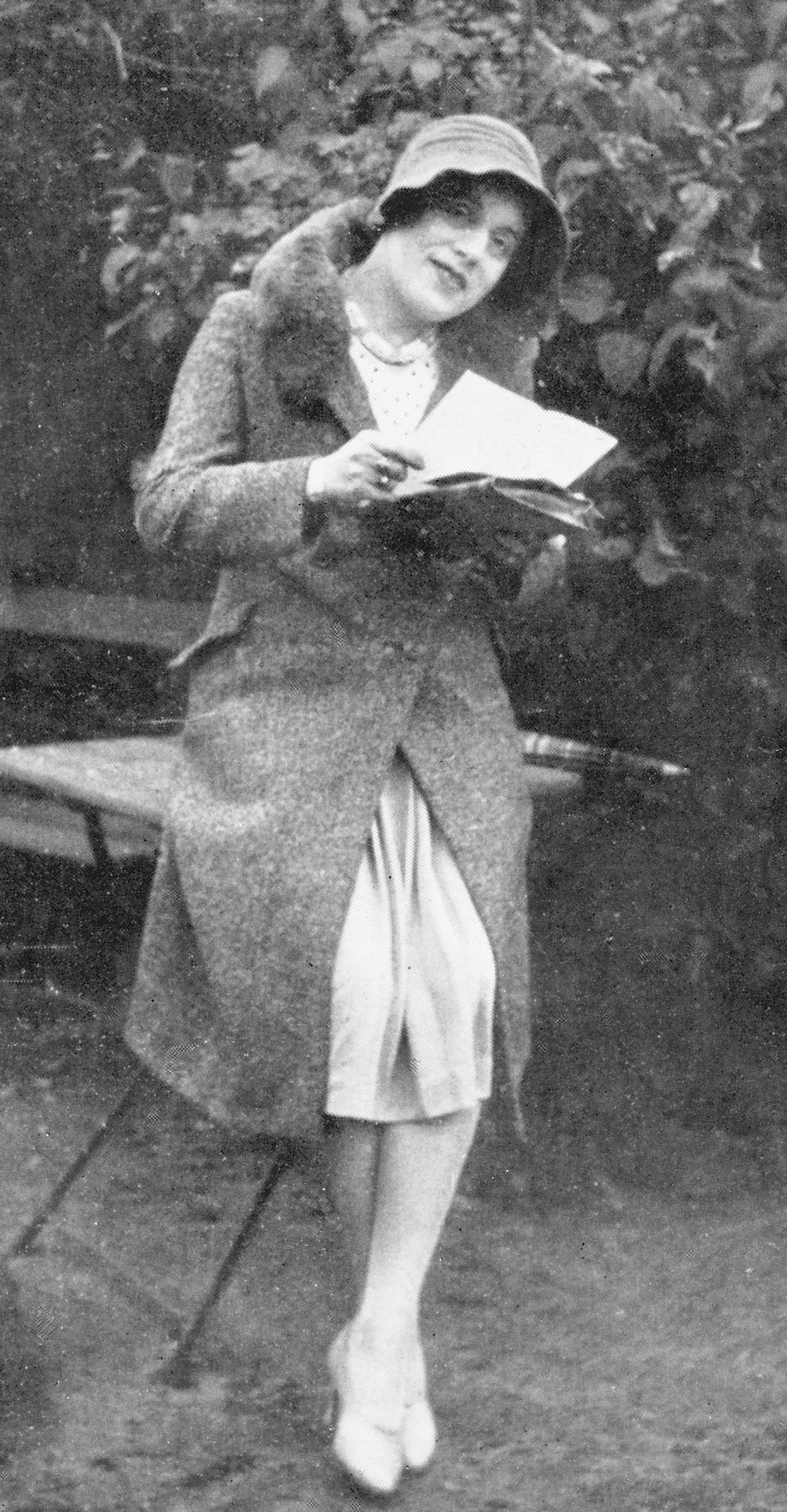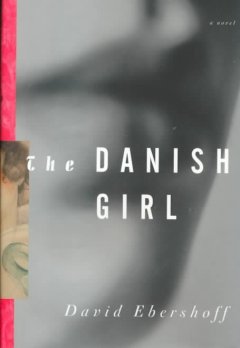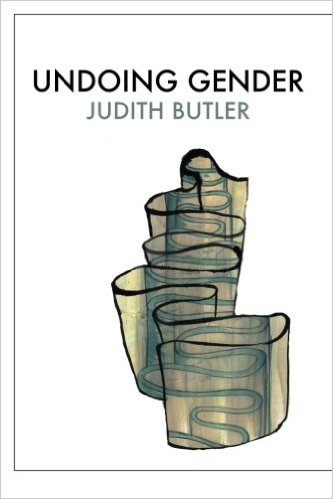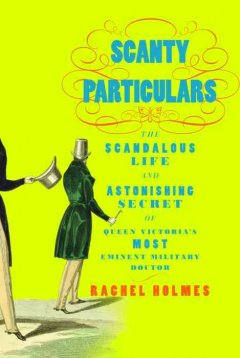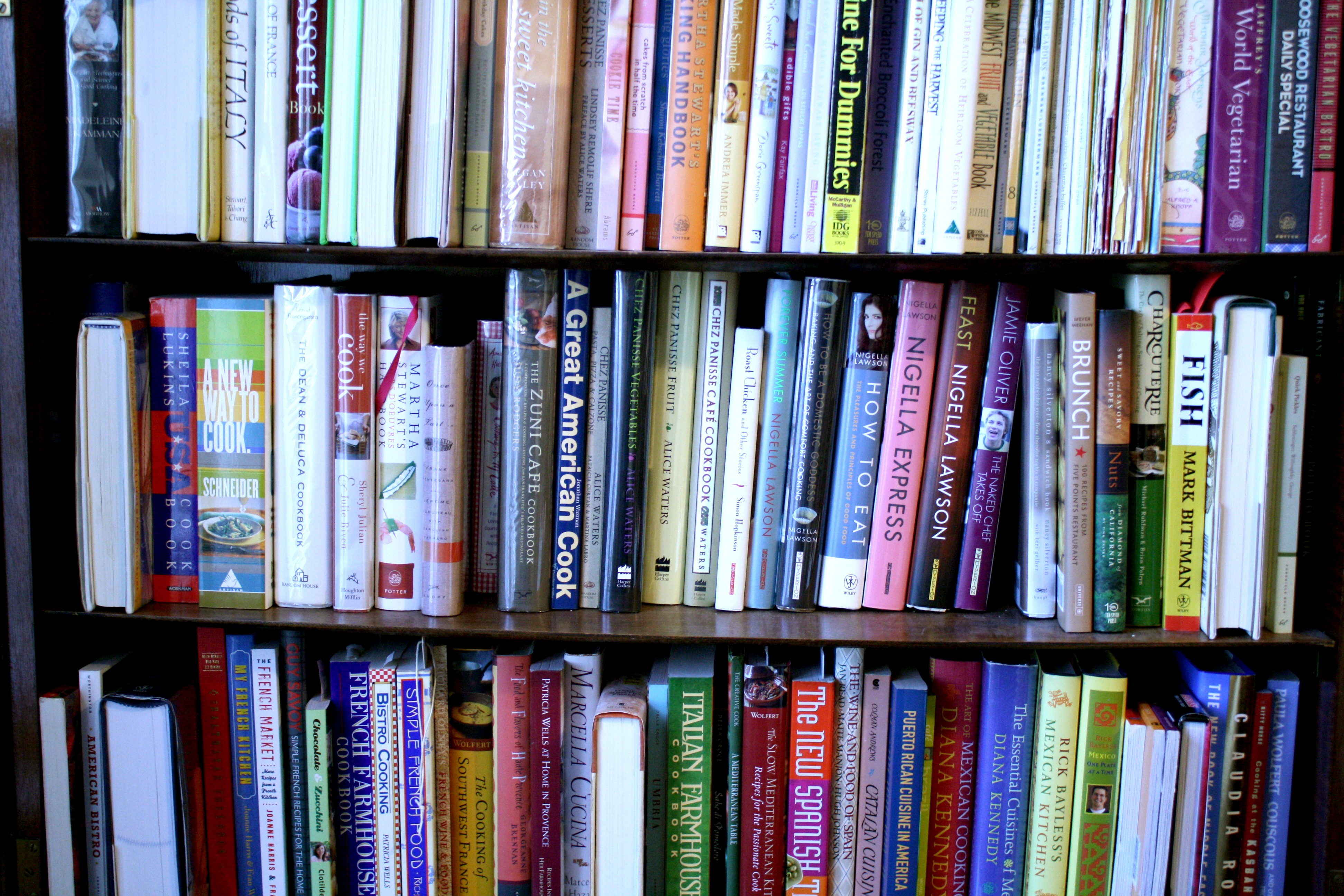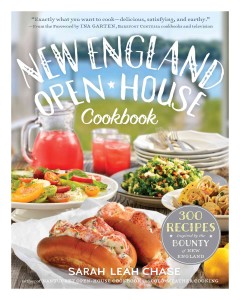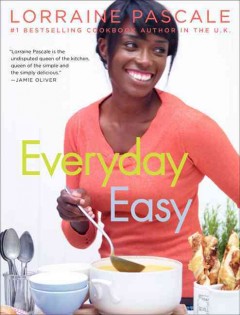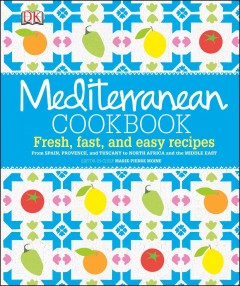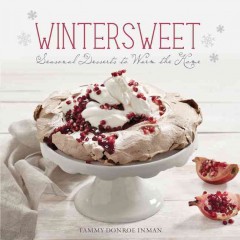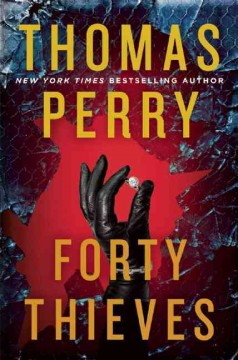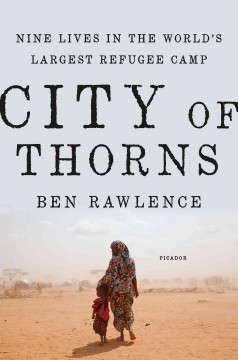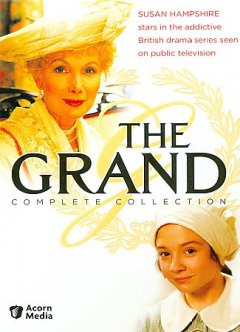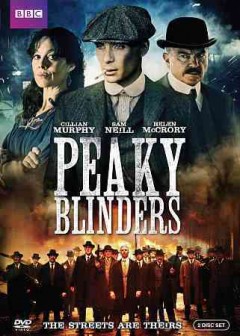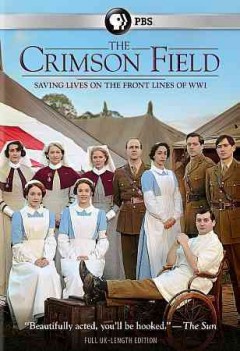I think it’s because I study history when not at the library, but I’ve always been fascinated by the idea of time travel. Partly, I’d love the chance to see what “the good old days” were really like.* What was it about Lord Byron that made him so compelling? What stories did those prospectors tell while panhandling for gold in the Klondike? I would give a great deal to be able to watch the Wright Brother’s first flight (and jump up and down in giddy delight, obviously); I’d love to hear Queen Elizabeth’s speech before the battle with the Spanish Armada. Maybe you could even hang out with Amelia Earhart, and be able to record what really happened on that fateful final flight…
But that brings us to the moral dilemma of time travel. Can we really affect any change–positive or negative? Do we really know that saving the Titanic from hitting that iceberg, we could prevent World War I? How do we know it wouldn’t lead to some catastrophic alternate possibility that we never foresaw? Or that we would discover it is all predestined, and the fates found a way for war to break out in 1914 regardless of our meddling? Do we have the right to say what should and shouldn’t happen? And what if we bump into ourselves whilst wandering around? Would time literally implode, as some writers have theorized? Or could I be able to catch my 10-year-old self before she falls off her roller skates and fractures her wrist?
 This, dear readers, is the precious gold of which fiction is made…maybe not me fracturing my wrist, but the deep, moral complexities of our power in the world, and our agency within time and space. Television shows have reveled in these issues…Doctor Who, for example, which is a delightfully entertaining series, often dances with the serious and dangerous aspects of time-travel, giving the show its suspense and daring. Diana Gabaldon’s Outlander has shown us the soul-changing power of time travel, blending the fantastic and the romantic in a way that has captured two generations of fans.
This, dear readers, is the precious gold of which fiction is made…maybe not me fracturing my wrist, but the deep, moral complexities of our power in the world, and our agency within time and space. Television shows have reveled in these issues…Doctor Who, for example, which is a delightfully entertaining series, often dances with the serious and dangerous aspects of time-travel, giving the show its suspense and daring. Diana Gabaldon’s Outlander has shown us the soul-changing power of time travel, blending the fantastic and the romantic in a way that has captured two generations of fans.
And books have been showing us the way for even longer. For those brave enough to tackle the uncertainties of time travel, the results can be wildly entertaining, relentlessly inventive, powerful, and often challenging. These books offer us the chance to escape into a kind of alternate, “what-if” universe, but still tie us to our present, or our pasts, in a way that lingers once the final pages have turned. Those are some of my favorite kinds of literary adventures–and if they are yours, as well, then check out these selections on time travel and adventure from our shelves!

*…and partly, I’d like to know that I could escape those “good old days” and, you know…take a shower. And wear zippers. And vote. But since I didn’t win Powerball, I won’t be building a time machine. Which leaves more time for reading, at least….
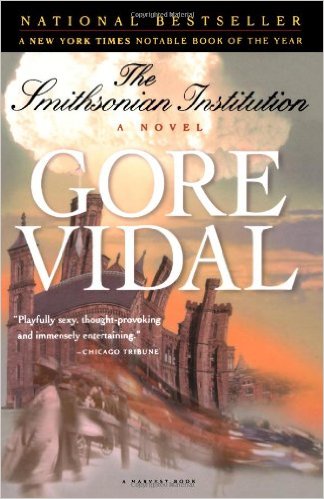 The Smithsonian Institute: A world-renown historian, Vidal’s insight into time travel and change is also a heartfelt study of American history, and a tribute to its most iconic museum. In this book, ‘T’, a young man, arrives at the Smithsonian Museum at the beginning of World War II, having been hired to work on a secret part of the Manhattan Project. But what he discovers is that, when no outsiders are watching, the exhibits come to life. And while such a setup lends itself to comparisons with the Night at the Museum films, the journey that T takes within the walls of the Smithsonian is a wholly unique–and a deeply moving one. My favorite scene, bar none, occurs the night after the attack on Pearl Harbor, but you’ll have to read it to find out why. *A note: some editions of this book have a really wacky bodice-rippery cover. There is no bodice-ripping in this book. At least nothing that would require a cover that kitschy…
The Smithsonian Institute: A world-renown historian, Vidal’s insight into time travel and change is also a heartfelt study of American history, and a tribute to its most iconic museum. In this book, ‘T’, a young man, arrives at the Smithsonian Museum at the beginning of World War II, having been hired to work on a secret part of the Manhattan Project. But what he discovers is that, when no outsiders are watching, the exhibits come to life. And while such a setup lends itself to comparisons with the Night at the Museum films, the journey that T takes within the walls of the Smithsonian is a wholly unique–and a deeply moving one. My favorite scene, bar none, occurs the night after the attack on Pearl Harbor, but you’ll have to read it to find out why. *A note: some editions of this book have a really wacky bodice-rippery cover. There is no bodice-ripping in this book. At least nothing that would require a cover that kitschy…
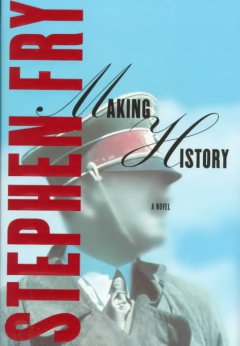 Making History: Stephen Fry has one of the best minds, and one of the most inventive imaginations at world today, and all of his books have a charm, wackiness, and brashness all their own…but this book is something special. Cambridge graduate student Michael Young has recently finished his dissertation on the early life of Adolf Hitler when he meets a German physicist who believes he has figured out how to travel in time. Both men decide to ignore the horrendous danger of changing history, and ensure that Hitler was never born–but can they live with the results. This is a marvelously well-constructed plot that shifts time, place, and viewpoints with lightning-quick ease (at one point, it is also told like a film script), but, as a whole, it functions beautifully, providing readers with a tragically human story that is ultimately, surprising hopeful.
Making History: Stephen Fry has one of the best minds, and one of the most inventive imaginations at world today, and all of his books have a charm, wackiness, and brashness all their own…but this book is something special. Cambridge graduate student Michael Young has recently finished his dissertation on the early life of Adolf Hitler when he meets a German physicist who believes he has figured out how to travel in time. Both men decide to ignore the horrendous danger of changing history, and ensure that Hitler was never born–but can they live with the results. This is a marvelously well-constructed plot that shifts time, place, and viewpoints with lightning-quick ease (at one point, it is also told like a film script), but, as a whole, it functions beautifully, providing readers with a tragically human story that is ultimately, surprising hopeful.
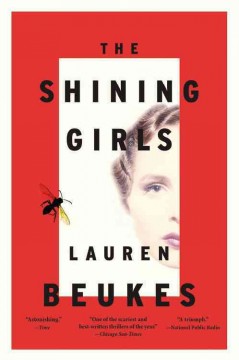 The Shining Girls: Lauren Beukes is a remarkably inventive, ruthlessly creative author who doesn’t pull punches in coming up with deeply unsettling, but irresistibly engaging stories. This story features a serial killer with the ability to travel through time, the very opposite of the kind of hero we’ve been discussing up to now. Harper Curtis found a key that allowed him to escape the hell of Depression-era Chicago, and gave him the opportunity to enact some of his most fearsome desires. However, one of his victims, Kirby Mazrachi from 1989, discovers his secret, and begins hunting Harper across time, with only her wits, and a single detective to help her. Though bleak and genuinely scary at times, this book is also a brilliant re-invention of the time-travel genre that should not be missed.
The Shining Girls: Lauren Beukes is a remarkably inventive, ruthlessly creative author who doesn’t pull punches in coming up with deeply unsettling, but irresistibly engaging stories. This story features a serial killer with the ability to travel through time, the very opposite of the kind of hero we’ve been discussing up to now. Harper Curtis found a key that allowed him to escape the hell of Depression-era Chicago, and gave him the opportunity to enact some of his most fearsome desires. However, one of his victims, Kirby Mazrachi from 1989, discovers his secret, and begins hunting Harper across time, with only her wits, and a single detective to help her. Though bleak and genuinely scary at times, this book is also a brilliant re-invention of the time-travel genre that should not be missed.


